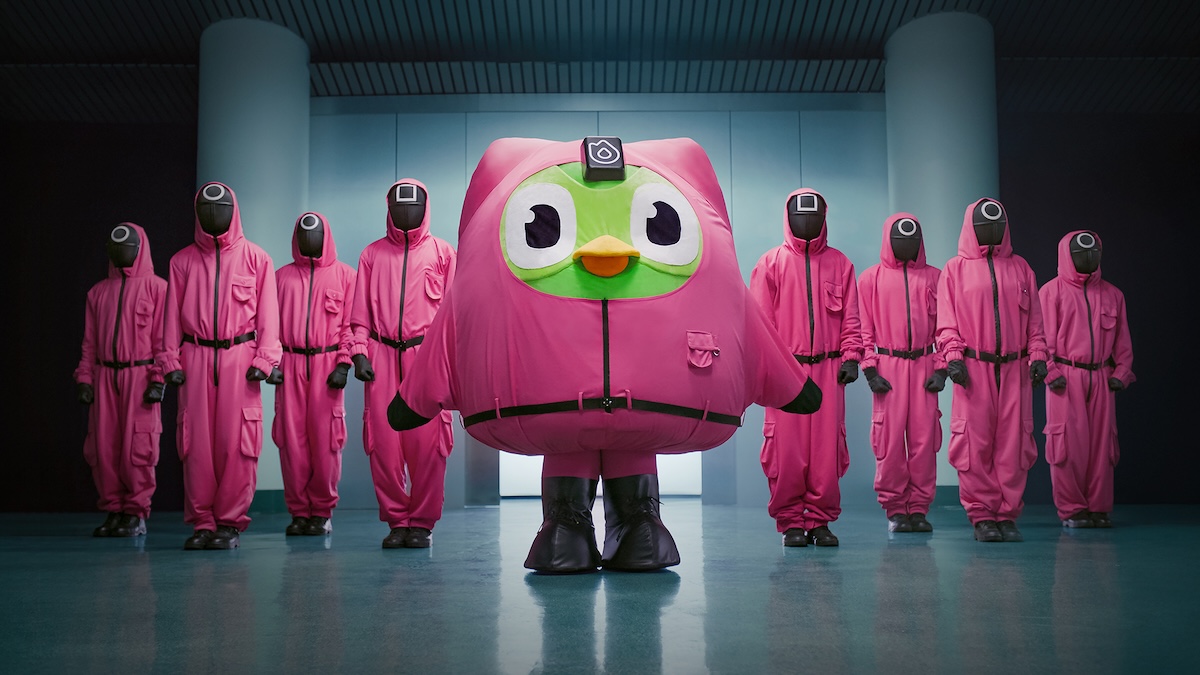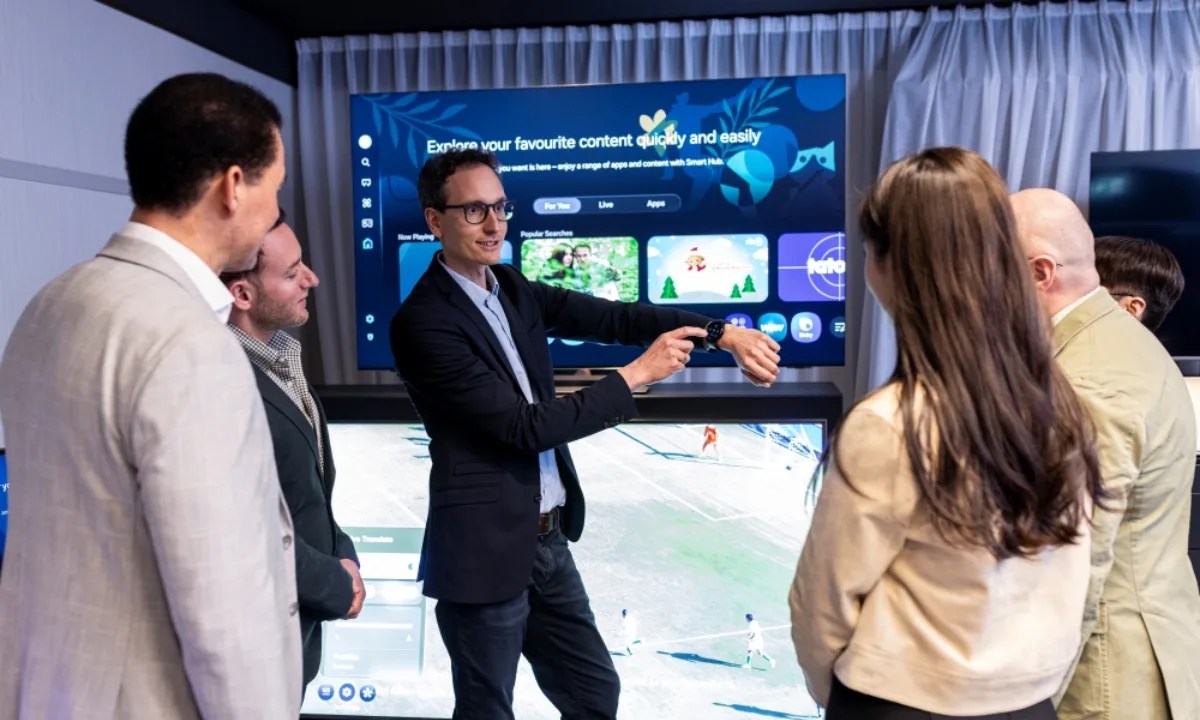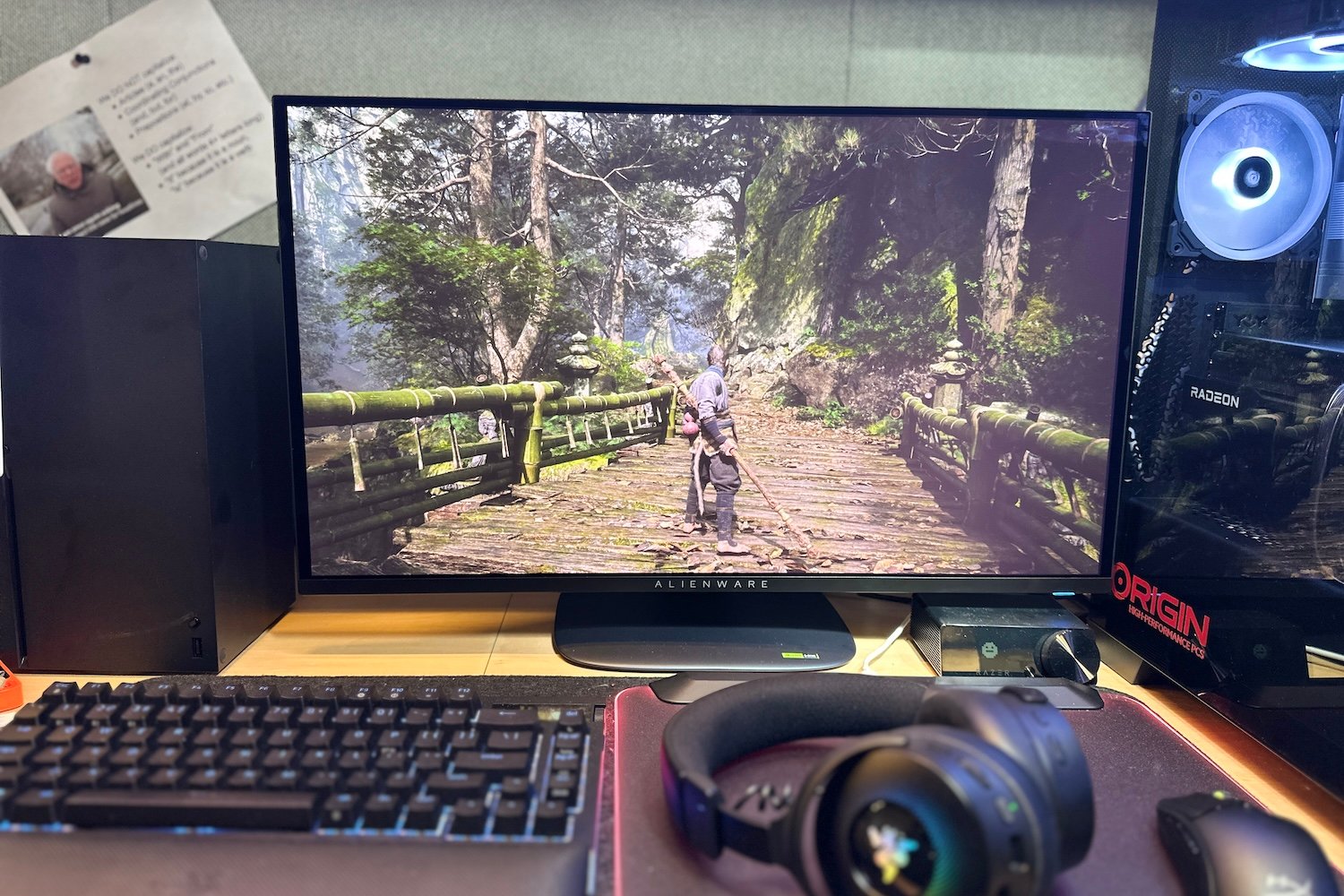Introduction to the AI-Driven Jobs Crisis
Background Information
This week, Duolingo unveiled its plans to transition from contractors to AI, embracing an “AI-first” approach. This move has been cited by journalist Brian Merchant as evidence that the AI jobs crisis is now a reality.
Historical Context of Duolingo’s Policy Shift
According to Merchant, this policy is not new. Duolingo had already reduced its contractor workforce by around 10% towards the end of 2023, replacing translators with AI. A subsequent round of cuts occurred in October 2024, where writers were also replaced with AI.
The Broader Impact on Employment
Merchant also referenced a report by The Atlantic, highlighting the unusually high unemployment rates among recent college graduates. A possible explanation for this trend is that companies are opting to use AI instead of hiring for entry-level white collar positions, or that their investments in AI are detracting from their willingness to hire new staff.
Nature of the AI Jobs Crisis
Merchant describes this crisis as a series of decisions made by executives aiming to reduce labor costs and centralize control within their organizations. The manifestations of this crisis include attrition in creative industries, declining incomes for freelance artists, writers, and illustrators, and a general inclination among corporations to hire fewer human workers.
The Reality of the AI Jobs Crisis
Merchant emphasizes that the AI jobs crisis is not a dramatic, apocalyptic scenario but rather a practical reality where companies, like DOGE, are laying off tens of thousands of employees under the pretext of an “AI-first strategy.” This underscores the human and managerial aspects of the crisis rather than a robotic takeover.
Source Link





